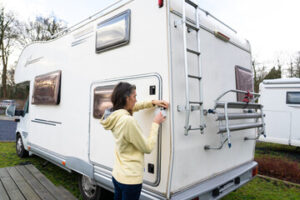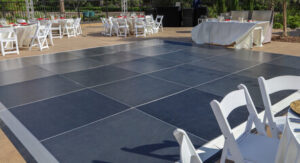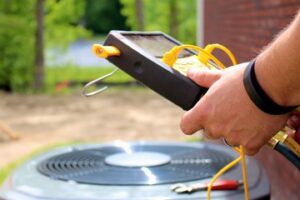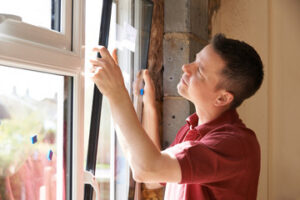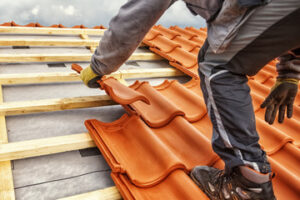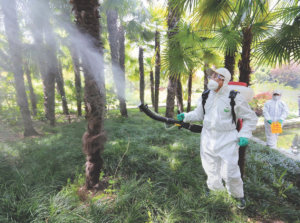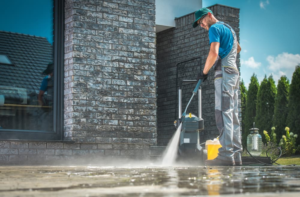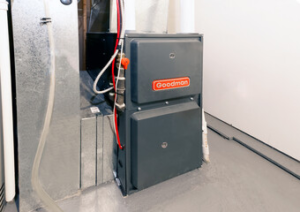Dedicated dye sublimation printers like the SureColor F170 avoid the worries of converting ink tank printers for sublimation. It is set up for sublimation right out of the box and comes with Epson’s own sublimation ink.
It prints high resolution and maintains color fidelity, even on coated textiles. It’s also OEKO-TEX certified, which makes it safe for fabrics and apparel. Contact Digital Technology Group, Inc. now!
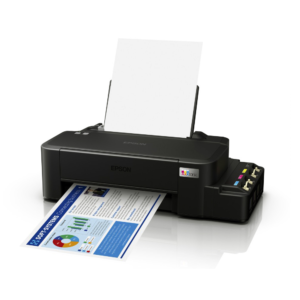
Dye sublimation printers use unique inks to convert solid dyes into gaseous dyes that bond with polyester fabric, resulting in durable, high-quality prints. These prints are not just vibrant but also provide exceptional wash and lightfastness. As a result, they are perfect for creating high-quality, long-lasting apparel, sports equipment, and other textiles.
Choosing the right dye sublimation printer for your business requires taking many factors into account. The first thing you need to consider is the size of the projects you’ll be printing. A small-format printer will be fine for printing t-shirts, mouse-mats, and other smaller projects. A larger-format printer will be better for printing oversized garments and rolls of fabric. Another factor is the frequency of printing. A small-format dye sublimation printer will be fine for occasional use, while a large-format printer is designed to handle high production volumes.
The type of ink that the dye sublimation printer uses is also a crucial factor. Some manufacturers produce their own inks for their machines, while others work with third-party brands. Epson’s own inks for its dye sublimation printers are called UltraChrome DS, which provides superior color saturation and smooth gradations for beautiful prints.
In addition to superior print quality, dye sublimation printers can produce vivid colors and stunning graphics on a variety of media. They can also be used to create a wide range of promotional items, from textiles to signage and decor. They can even be used to create Silicone Edge Graphics (SEG), which are fabric displays with silicone edges that support frames.
Compared to normal printers, which can only be used to print text documents and simple images, dye sublimation printers are a more versatile option for businesses in creative industries. While they may be more expensive than a normal printer, their superior print quality and versatility make them a worthy investment for any business. In fact, a dye sublimation printer can significantly increase your productivity and boost the profitability of your business. If you’re considering purchasing a dye sublimation printer, read our comprehensive epson F170 review to find out whether it will meet your needs.
Versatile Media Support
Unlike laser printers that deposit ink or toner on the surface of paper, dye sublimation utilizes heat to vapourise solid dye particles into gaseous forms that then bond with polyester and other synthetic fabrics. This printing technique can produce incredible images on a wide range of textile or rigid products like t-shirts, sportswear, mugs, photo slates, decorative items, and more. The versatility of this print method has made it a popular choice for businesses that require high-quality, long-lasting printed materials.
Dye sublimation printers are designed to create high-quality, full-color prints on a variety of fabric and hard surfaces. This is the primary advantage of using a dye sublimation printer over other types of printing technologies. It can also help your business to produce more sellable products and increase production efficiency.
A professional-quality, dye sublimation printer is capable of producing large-scale orders at a high speed without compromising print quality. These printers are typically used by businesses that produce a high volume of custom-made products such as textiles, apparel, and promotional products. They are also designed to maximize print performance and reduce downtime, ensuring you can meet your production needs.
Whether you’re looking for a reliable dye sublimation printer to support your garment or soft goods business, look no further than the Epson SureColor F170. This compact, affordable printer offers an outstanding combination of innovative ink technology, versatile media support, and exceptional color saturation. It also has a powerful, yet easy-to-use software suite to improve productivity and streamline workflow processes.
With built-in redundancy and automatic quality control, Epson dye-sublimation printers are engineered to achieve industrial reliability and round-the-clock productivity. With print speeds of up to 2,635 sqft/hr1, these powerful printers allow you to accelerate your production and maximize your sellable output.
OEKO-TEX certified, the Epson genuine dye-sublimation inks for the SureColor F170 offer exceptional color saturation and high contrast. With high-capacity simple ink bottles, they feature auto-stop technology for easy refills and mess-free operation. This genuine ink is tested to ensure compliance with environmental regulations such as OEKO-TEX Standard 100 for safe use around adults and children.
Reliable Performance
Dye-sublimation uses solid inks to create colors that are permanently bonded to the surface of your product. Unlike traditional inkjet or laser printers that use liquid ink or toner, dye-sublimation ink is heat-activated and transferred directly to the material. As a result, dye-sublimation printers are designed with durability and reliability in mind.
With industrial-grade print head technology and a robust chassis, F-Series printers provide reliable round-the-clock productivity to help you meet demanding production deadlines and boost your business’s profitability. Built to handle a high volume of prints with minimal downtime, these versatile printers are designed for a wide range of textile applications including sports apparel and fashion, home décor, promotional and personalized products, and soft signage.
The PrecisionCore MicroTFP printhead delivers outstanding clarity and performance to ensure your customers always get their best results. This printhead is engineered to be both powerful and smart, enabling you to print more pages per hour and lower your total cost of ownership. A large, 4.3-inch touchscreen makes it easy to monitor print status and performance while optimizing your output. It also displays current ink levels and print settings, so you can easily adjust your workflow.
In addition to the innovative PrecisionCore technology, F-Series printers utilize Epson’s patented UltraChrome DS ink sets to deliver rich, vibrant images with exceptional color saturation and contrast. These inks are formulated to work with Epson dye-sublimation transfer paper and matched together to provide consistent color, visible smoothness, critical tone gradations, and enhanced photo quality.
For your peace of mind, every Epson F-Series dye-sublimation printer is backed by a comprehensive limited warranty that includes print heads*. You’ll also receive a free onsite service and support visit to get your printer up and running quickly.
Save time and money with genuine Epson inks and media. Designed to work exclusively with these printers, they provide extraordinary color saturation and optimum print reliability for about the same price as third-party solutions. Plus, our DS Multi-Use transfer papers offer the superior clarity and cockling resistance you need to produce stunning images on both rigid and soft fabrics.
Easy to Use
If you’re new to dye sublimation printing, you’ll want to choose a model designed with ease of use in mind. These models typically have a small footprint and include an auto-feed tray and built-in cutter, making them easy to set up and use. In addition, most include an intuitive touchscreen interface that guides you through the process step by step. Some are even equipped with a heat press, making it possible to produce full-color, multi-layer prints on both rigid and soft goods.
Dye-sublimation printers come in a wide range of sizes, so it’s important to select one that will accommodate your print size requirements. Smaller models are ideal for home and personal use, while larger machines are suitable for high-volume production in the workplace. You’ll also need to consider the type of material you plan to print on, as some printers are better suited for certain media types than others.
The Epson SureColor F170 offers reliable, cost-effective performance for beginners and seasoned sublimators alike. Its user-friendly design allows you to start printing right out of the box, and it’s engineered to deliver exceptional quality without consuming a lot of power. In addition, this model’s low price tag makes it an affordable option for businesses of all sizes.
In addition to its ease of use, this model uses Epson UltraChrome DS ink technology, which is made from recycled plastic bottles. The inks also meet OEKO-TEX ECO PASSPORT standards, which means they’re safe for adults and children. Plus, they’re made with SmartWay, an innovative program that reduces greenhouse gases and other air pollutants.
Compared to regular ink-jet printers, epson dye sublimation printers create high-resolution photos that are ideal for a variety of applications. Many users report that their photos come out with a sharper resolution, and the photos are durable enough to resist scratches and other common blemishes. These advantages make a epson dye sublimation printer an excellent choice for professional photographers and anyone who wants to produce high-quality images.
